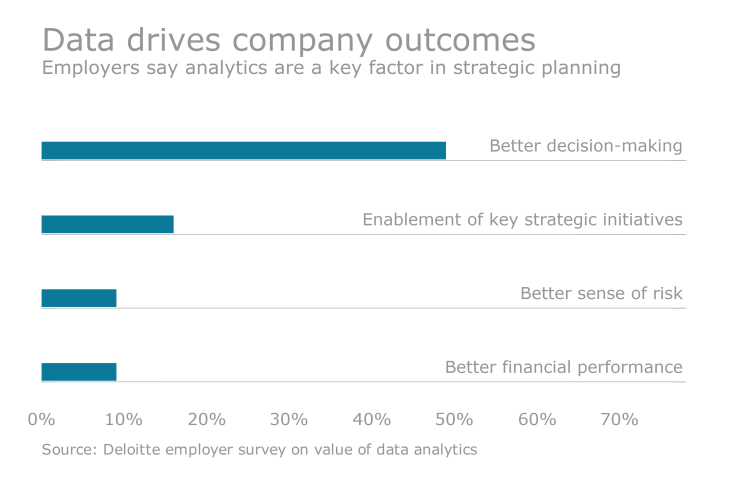With more than 55 million millennials in the workforce, data transparency tools are set to take off in their use for evaluating the costs of medical care and prescription drugs. While the companies are counting on these young workers and the generation behind them to be their primary clients, one data tool provider is aiming at older workers as well.
By their sheer numbers and tech savviness, millennials will drive the bulk of medical data tools usage. “The way they consume information is very different. They want lots of it,” says David Reid, EO of HR tools provder EaseCentral. “They are analytical and they want access to on-demand information immediately so I think that the stage is set for that direction.”
EaseCentral recently partnered with Amino.com to offer a healthcare pricing tool for doctor visits, medical procedures and local drug costs as part of its EaseCentral service. The use of data transparency service like this are set to explode in the next three years, says Reid.

“For the first time, we are seeing the emergence of tools that will actively allow people to make choices based on cost. Over the next 12 to 36 months, you're going to see a significant uptick in these tools,” says Reid.
This means that while some data transparency tools will thrive and others will fade away, Reid says, “You’ll see a whole shift in what's available to the consumer to make their buying decision in the next couple of years.”
Amino works much like Zilllow.com, the real estate app where users type in the address of a property to view the estimated sale value of the property and its taxes. Amino prompts users to enter in their health plan, network and the name of the doctor or service for their estimated costs.
Right now, an Amino.com button resides in the EaseCentral program so that it’s 30,000 employee and employers clients — most of whom are on the west coast— can access the latest data on medical care costs.

From tech firm CEOs to brokers and HR professionals, these industry innovators will help shape the coming year as trends emerge and a new administration takes office.
How do benefit advisers and employers, who make up the bulk of EaseCentral’s clients, get their older employees to shop for the best value? Reid admits it’s an uphill battle. Older workers started working when open enrollment meant opening a large medical provider directory, finding your doctors and choosing that plan. They are extremely loyal to their healthcare provider and often resist going to a “cheaper” doctor.
There is also the IT hurdle, as well. Reid readily admits that some older employees will never use data transparency tools and if they do, it is up to the tools’ designers to make them as intuitive and friendly as the social media apps they use everyday.
“It's a matter of them becoming comfortable with the tools like they did with Facebook and Twitter and how did they do that? The products became readily available and easy to use,” he says.
Reid compared the use of data transparency to the rise of telemedicine, another area of modern healthcare that excites him. “It's a 180 in orientation. Employees are happy to see a doctor over the Internet or the telephone to get a prescription because of the sake of time. Not that long ago, people would have thought that somebody's trying to cut corners and give them a substandard health plan,” he says.
Right now, data transparency usage has yet to reach a fraction of its full potential. “Henry Ford said “if I asked my customer what they wanted, they would have told me a faster horse,”” says Reid.
“The consumer doesn't know what they're missing. They're not aware of the fact that these tools even exist.”




